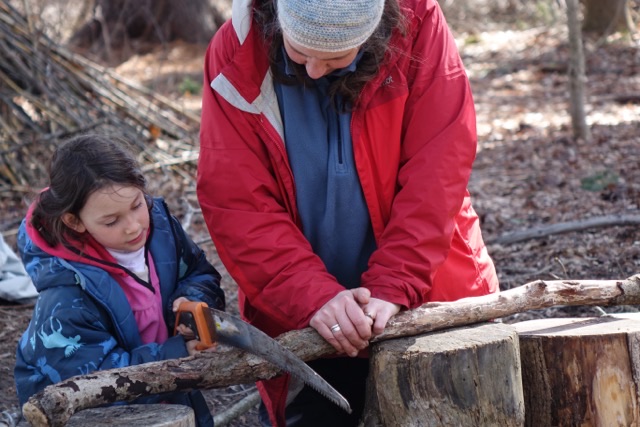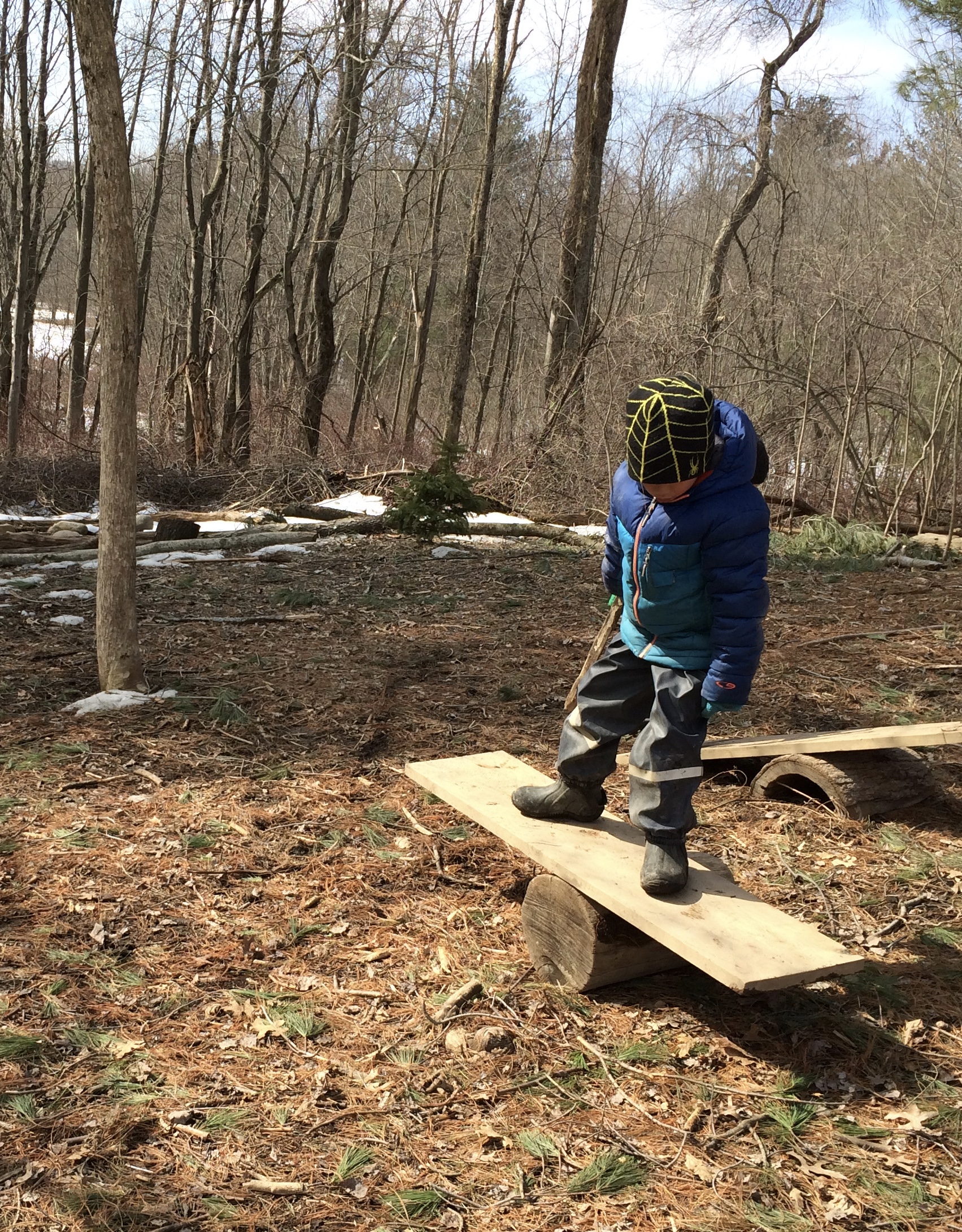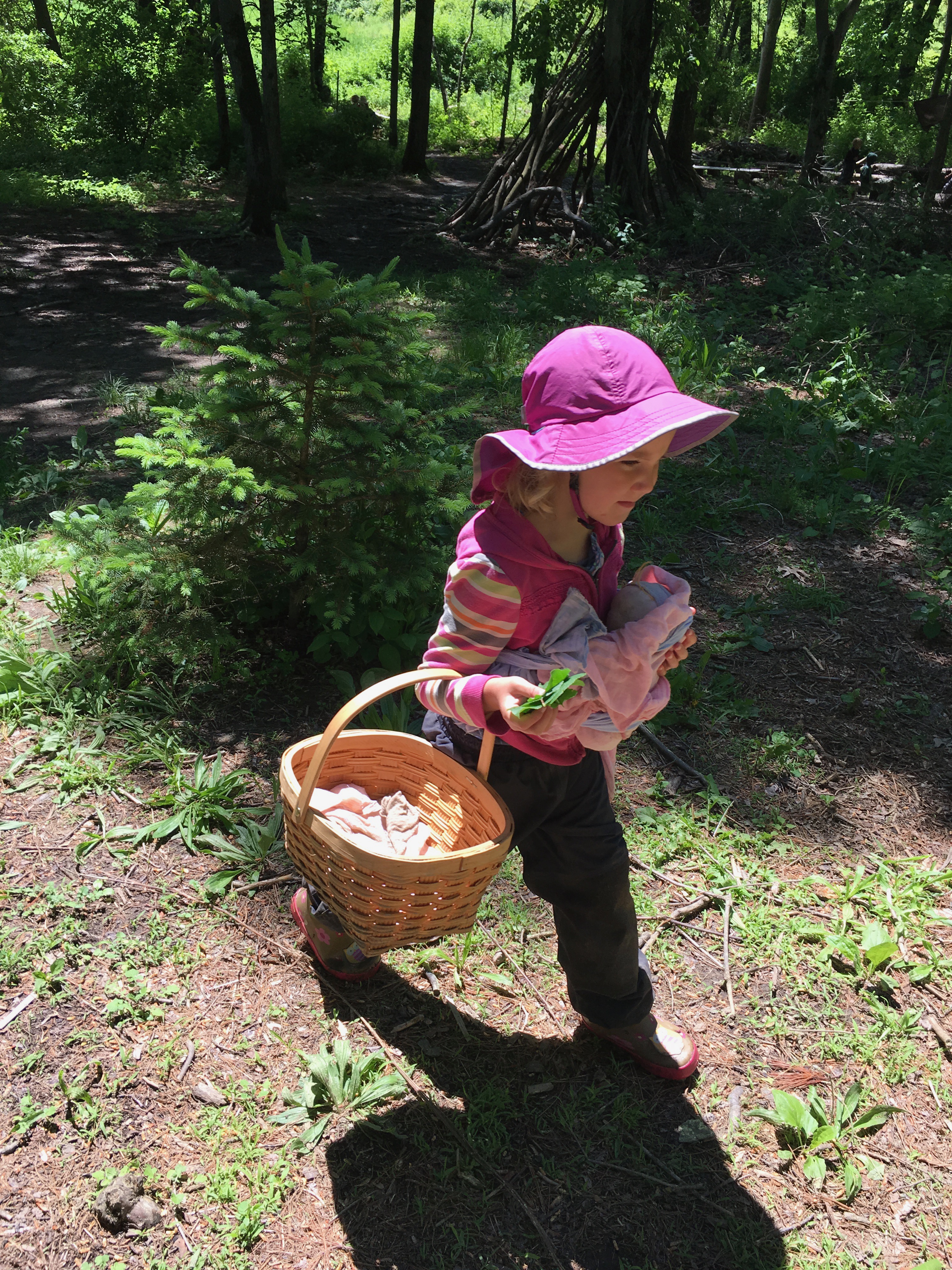
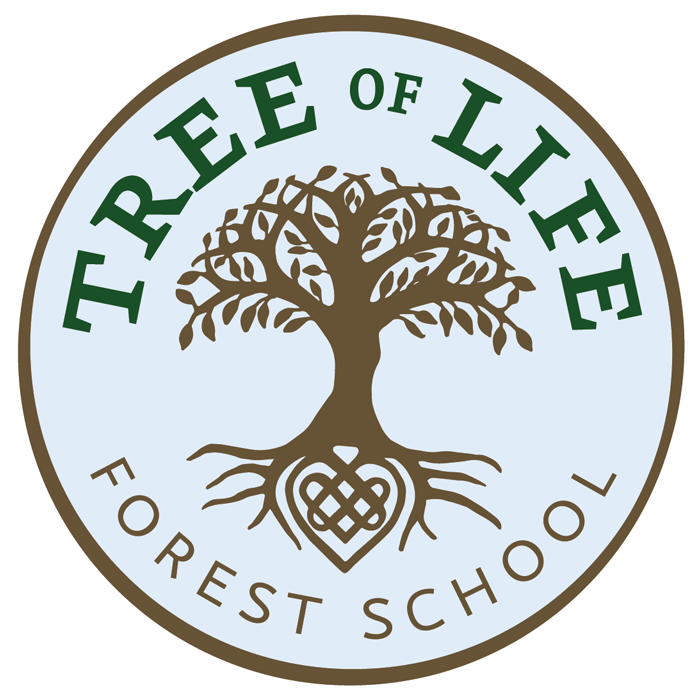
Curiosity • Wonder • Purpose • Compassion
Our education draws out and emphasizes experiences that are vitally important for modern children. At Tree of Life, the children's days are full of the wonder of the natural world, purposeful work in service of the land, each other and the community, integrative movement, artistic activities, and academic learning at an individual pace. Our curriculum centers on a local sense of place and expands to include the stories and history of the people of the world. Learning through movement and experience, small student-to-teacher ratio, hands-on projects with tangible results, more space and time for processing and transitions, and a sense of responsibility for themselves, each other, and the community allows our students to fully access their potential as students and human beings.
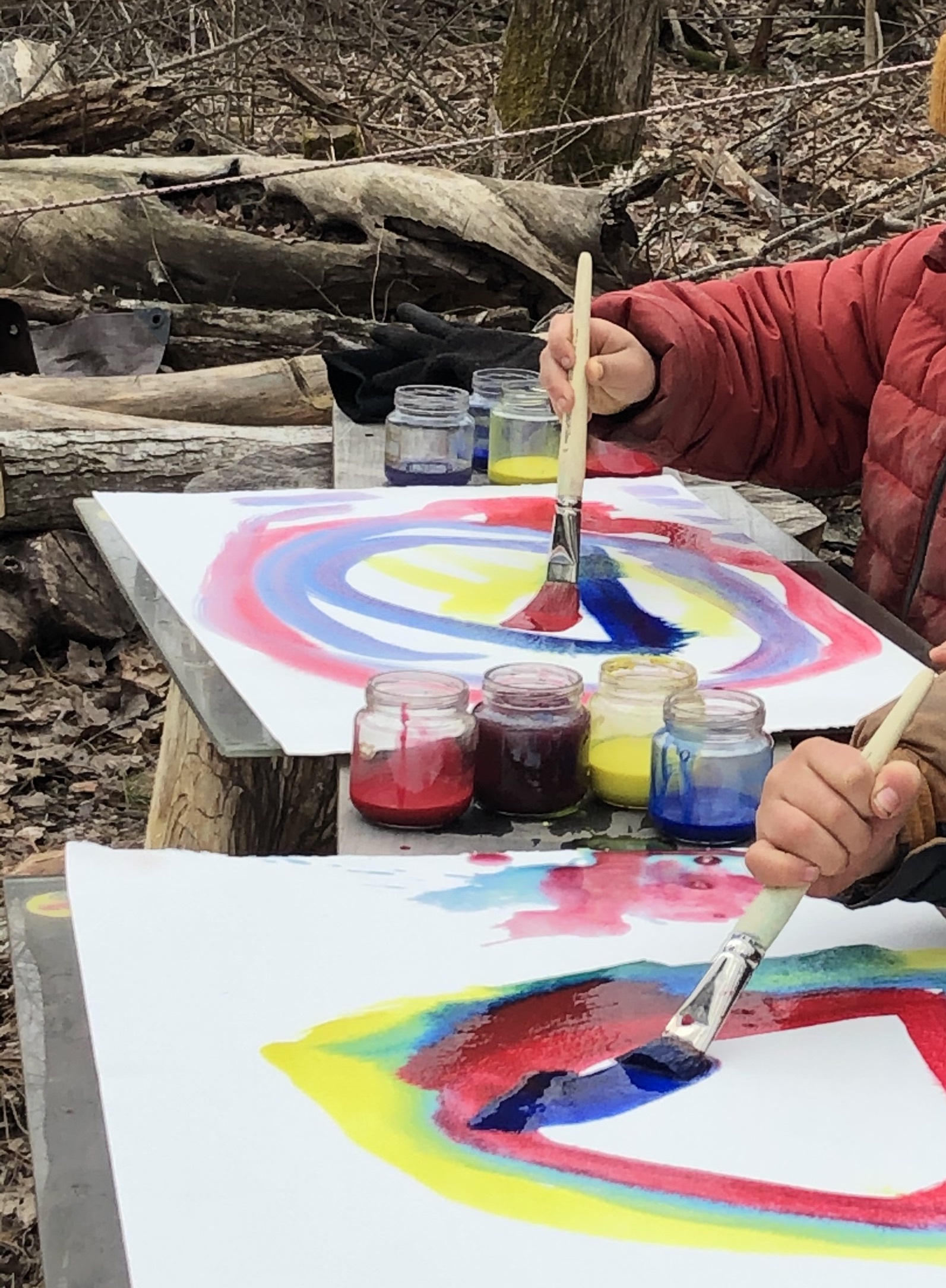
Movement
Each day begins with the students working together to prepare for the day and care for our learning environment. A practice of walking, running, balancing, and moving follows. A cornerstone of our program is the knowledge that integrating the physical body in childhood is an essential foundation for learning. Courage, joy, and confidence in movement is a foundation for life. Children love to move. They are born to move – orienting themselves to the world, to each other, and to their own center and capacities through thousands of movements each day. Many of these essential movements occur naturally through self-directed play and work outdoors. The children run, crawl, skip, climb, roll, and swing. They carry, pour, stir, cut, clip, and saw. Seasonal and daily work provides tasks that allow the children to grow and exercise their will capacities – working in the garden, tending our animals, gathering and sawing firewood, tapping trees and collecting sap, preparing food, and tending to their belongings, to name a few. Regular hikes to beloved wild spaces allow for the joy of adventuring, forest play and deep witnessing and observation of our friends in the mineral, plant, and animal kingdoms.
Authentic Learning
Our curriculum, based on the developmental approach of Rudolf Steiner, centers on a local sense of place and expands to include the stories and history of the peoples of the world, aiming for diverse perspectives and representation. Telling and retelling stories and experiences through speaking, writing, drawing, and drama forms the heart of our formal learning activities. This is the basis for learning writing, reading, and history. Children develop an authentic voice as retelling is initiated out of their own experience and initiative. The study of math begins through movement. The study of science begins through observation of the natural world.
In the style of a one-room schoolhouse, the children learn at an individual and developmental pace while being inspired and encouraged by each other. We expect each student to strive for their best as an individual, and it is our job as teachers to enable their success.
The children's day is woven through with artistic activity and purposeful work. Music, craft, painting, sculpting, gardening, tending to animals, trail maintenance, and woodworking are essential to our experiential curriculum.

